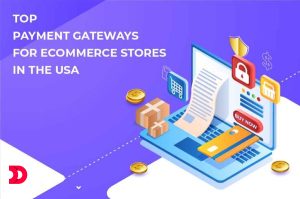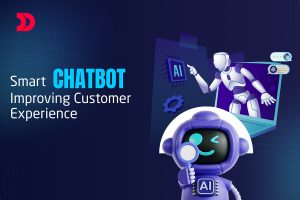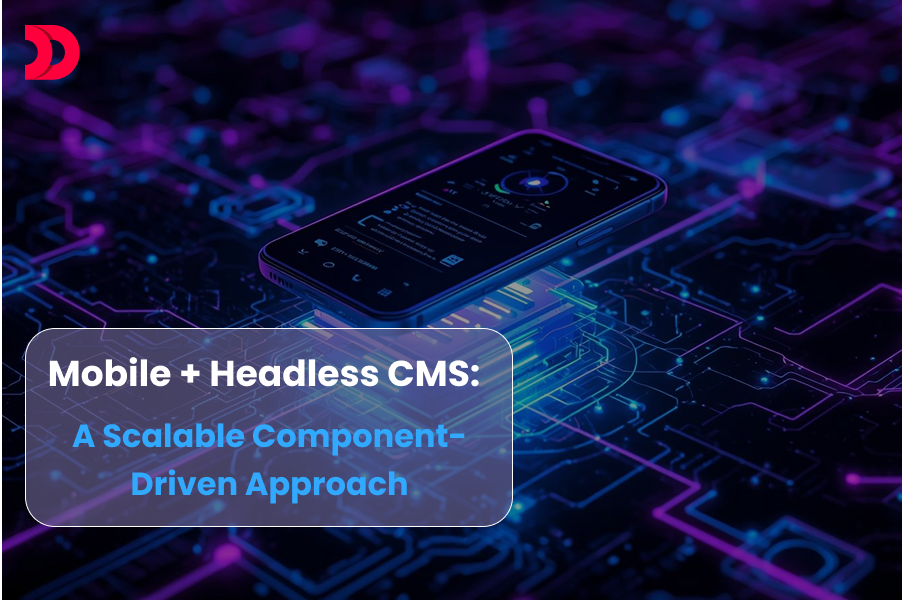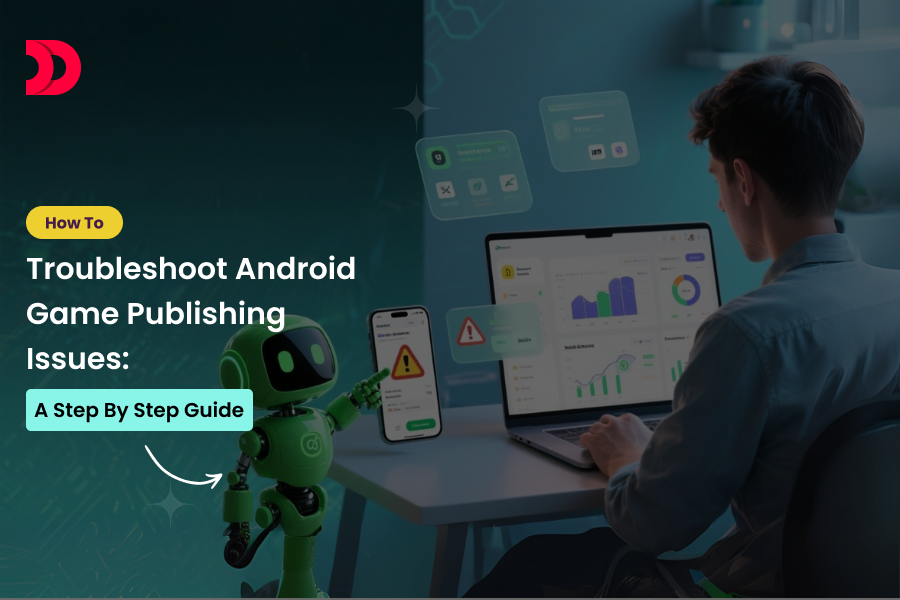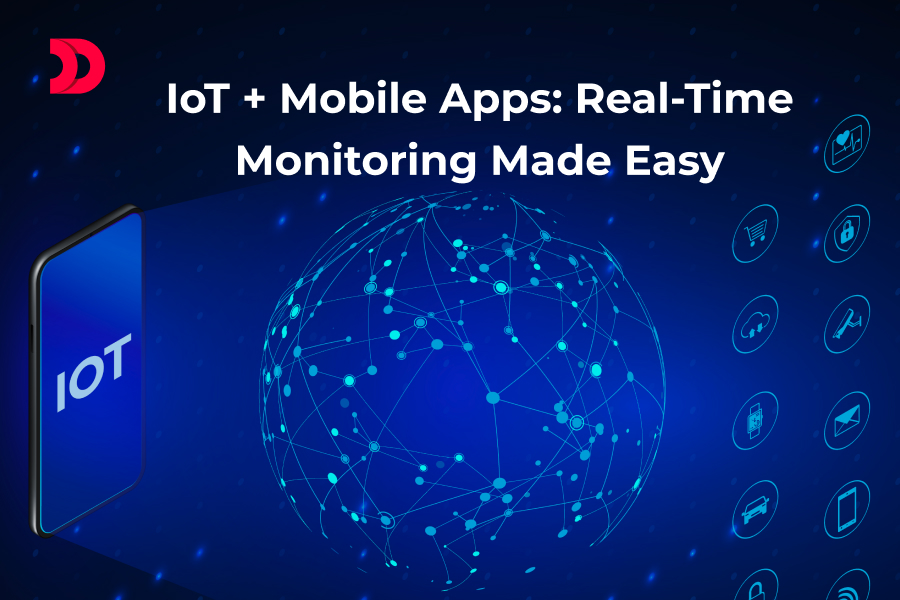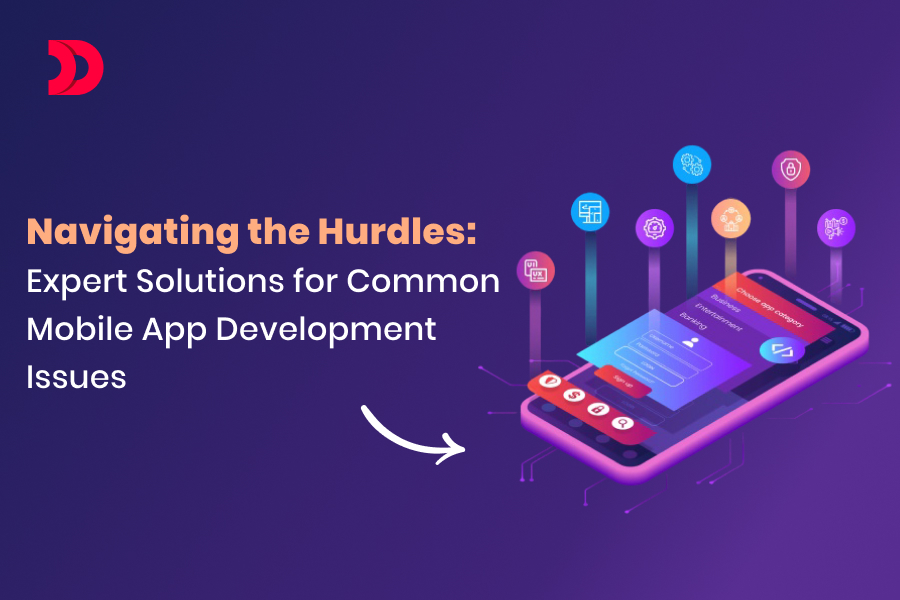The Buy Now, Pay Later (BNPL) model has revolutionized the fintech industry, offering consumers flexible payment options and boosting e-commerce sales. Apps like Klarna, Afterpay, and Affirm have gained immense popularity by allowing users to split purchases into interest-free installments. If you’re planning to develop a BNPL app like Klarna, this comprehensive guide covers everything you need to know, from key features and technology stack to development costs and challenges.
What is a BNPL App?
A BNPL app enables users to purchase products or services and pay for them in installments over time, often without interest. These apps partner with merchants to integrate their payment solutions at checkout, providing a seamless experience for consumers and increasing conversion rates for businesses. Klarna, for example, offers options like “Pay in 4” or longer-term financing, combining convenience with financial flexibility.
Developing a BNPL app requires careful planning, robust technology, and a deep understanding of user needs. Let’s explore the steps and considerations involved.
Key Features of a BNPL App Like Klarna
To compete with established players like Klarna, your BNPL app must include essential features for users, merchants, and administrators. Below is a breakdown of the core functionalities:
- User-Facing Features
- User Registration and Onboarding: Simple sign-up via email, phone, or social media, with KYC (Know Your Customer) verification for credit checks.
- Payment Plans: Options like “Pay in 4,” “Pay in 30 Days,” or long-term financing with clear terms and conditions.
- Credit Assessment: Instant credit scoring based on user data (e.g., income, credit history) to determine eligibility.
- Shopping Integration: Seamless integration with e-commerce platforms, allowing users to select BNPL at checkout.
- Order Tracking: Real-time updates on orders, payments, and due dates.
- Payment Management: Ability to pay installments early, reschedule payments, or view payment history.
- Push Notifications: Reminders for upcoming payments, promotions, or new merchant partnerships.
- In-App Shopping: A marketplace or curated store (like Klarna’s shopping feature) to browse partner merchants.
- Merchant-Facing Features
- Merchant Dashboard: Tools to manage transactions, track payments, and view analytics.
- API Integration: Easy-to-use APIs for integrating BNPL options into merchant websites or apps.
- Payout System: Timely payouts to merchants for completed transactions.
- Fraud Detection: Tools to identify and prevent fraudulent transactions.
- Admin Panel Features
- User Management: Monitor and manage user accounts, including KYC approvals.
- Merchant Management: Onboard and verify merchants, manage partnerships, and set commission rates.
- Analytics and Reporting: Insights into user behavior, transaction volumes, and revenue.
- Risk Management: Tools to assess credit risks and manage defaults.
Steps to Develop a BNPL App
Building a BNPL app like Klarna involves several stages, from planning to deployment. Here’s a step-by-step guide:
- Market Research and Planning
- Understand Your Audience: Identify your target market (e.g., millennials, Gen Z) and their payment preferences.
- Analyze Competitors: Study apps like Klarna, Affirm, and Afterpay to identify strengths, weaknesses, and unique selling points.
- Regulatory Compliance: Research financial regulations in your target regions (e.g., GDPR, CCPA, or local lending laws) to ensure compliance.
- Define USP: Decide what sets your app apart, such as lower fees, faster approvals, or exclusive merchant partnerships.
- Choose the Right Technology Stack
A robust tech stack ensures scalability, security, and performance. Here’s a recommended stack for a BNPL app:
- Frontend:
- Frameworks: React Native or Flutter for cross-platform mobile apps.
- Tools: HTML5, CSS3, JavaScript for web interfaces.
- Backend:
- Languages: Node.js, Python (Django/Flask), or Java.
- Frameworks: Express.js or Spring Boot.
- Database:
- SQL: PostgreSQL or MySQL for structured data.
- NoSQL: MongoDB for flexible data storage.
- Cloud Services:
- AWS, Google Cloud, or Azure for hosting, storage, and scalability.
- APIs and Integrations:
- Payment Gateways: Stripe, PayPal, or Adyen.
- Credit Scoring: Experian, Equifax, or proprietary algorithms.
- KYC Verification: Jumio or Onfido.
- Security:
- Encryption: SSL/TLS for data in transit, AES-256 for data at rest.
- Authentication: OAuth 2.0, JWT, or Firebase Authentication.
- UI/UX Design
- User-Centric Design: Create an intuitive interface with clear navigation for browsing, selecting payment plans, and managing payments.
- Prototyping: Use tools like Figma or Adobe XD to create wireframes and prototypes.
- Branding: Incorporate your brand’s colors, logos, and style to build trust and recognition.
- Accessibility: Ensure the app is accessible to users with disabilities, following WCAG guidelines.
- Development
- Agile Methodology: Break the project into sprints to iteratively build and test features.
- MVP Approach: Start with a minimum viable product (MVP) containing core features like user registration, payment plans, and merchant integration.
- Backend Development: Build a secure, scalable backend to handle user data, transactions, and credit assessments.
- Frontend Development: Develop a responsive mobile app and web interface for a seamless user experience.
- Testing
- Functional Testing: Ensure all features (e.g., payments, KYC) work as intended.
- Performance Testing: Test for speed, scalability, and resource usage under high traffic.
- Security Testing: Conduct penetration testing to identify vulnerabilities.
- Usability Testing: Gather feedback from real users to refine the UI/UX.
- Deployment and Maintenance
- App Store Submission: Prepare the app for Google Play and Apple App Store, adhering to their guidelines.
- Cloud Deployment: Deploy the backend on a cloud platform like AWS or Google Cloud.
- Monitoring: Use tools like New Relic or Datadog to monitor app performance and uptime.
- Updates: Regularly release updates to fix bugs, improve features, and ensure compatibility with new OS versions.
Development Costs for a BNPL App
The cost of developing a BNPL app depends on factors like features, platform, design, and team location. Here’s an estimated breakdown:
- Basic App: $30,000–$60,000
- Core features: User registration, payment plans, merchant integration.
- Simple UI/UX and minimal integrations.
- Development time: 3–6 months.
- Medium Complexity App: $60,000–$120,000
- Additional features: Credit scoring, in-app shopping, push notifications.
- Custom UI/UX and cross-platform development.
- Development time: 6–9 months.
- Advanced App: $120,000–$250,000+
- Complex features: AI-based credit assessment, multi-language support, advanced analytics.
- High-end design and robust backend.
- Development time: 9–18 months.
Cost Influencers:
- Team Location: Developers in North America ($50–$150/hour) are more expensive than those in India ($20–$50/hour) or Eastern Europe ($30–$70/hour).
- Third-Party Services: Licensing fees for APIs (e.g., payment gateways, KYC) add to costs.
- Maintenance: Budget 15–20% of the initial cost annually for updates and server hosting.
Challenges in Developing a BNPL App and How to Overcome Them
- Regulatory Compliance
BNPL apps operate in a heavily regulated financial space, requiring adherence to lending, data privacy, and consumer protection laws.
Solution: Consult legal experts to ensure compliance with regulations like GDPR, CCPA, or local lending laws. Implement robust KYC and anti-money laundering (AML) processes.
- Credit Risk Management
Assessing user creditworthiness and managing defaults is critical to avoid financial losses.
Solution: Partner with credit bureaus or develop proprietary algorithms for accurate credit scoring. Implement strict risk management policies and offer flexible repayment options.
- Merchant Onboarding
Convincing merchants to integrate your BNPL solution can be challenging, especially for a new player.
Solution: Offer competitive commission rates, seamless API integration, and marketing support to attract merchants. Start with small or local businesses to build credibility.
- Security
BNPL apps handle sensitive financial data, making them targets for cyberattacks.
Solution: Use end-to-end encryption, secure APIs, and regular security audits. Implement multi-factor authentication and comply with PCI-DSS standards.
- Scalability
As your user base grows, the app must handle increased traffic and transactions without performance issues.
Solution: Use cloud-based infrastructure with auto-scaling capabilities. Optimize the backend for high concurrency and low latency.
Tips to Optimize Development
- Start with an MVP: Launch with core features to test the market and gather user feedback.
- Leverage Existing Solutions: Use pre-built APIs for payments, KYC, or analytics to save time.
- Focus on UX: Prioritize a simple, transparent user experience to build trust.
- Partner Strategically: Collaborate with e-commerce platforms or retailers to expand your reach.
- Iterate Based on Feedback: Use analytics and user feedback to refine features and improve retention.
Conclusion
Developing a BNPL app like Klarna is a complex but rewarding endeavor. By focusing on user-centric features, a robust tech stack, and regulatory compliance, you can create a competitive app that meets the needs of consumers and merchants alike. While costs can range from $30,000 to over $250,000 depending on complexity, starting with an MVP and optimizing development processes can help manage expenses.
Ready to build your BNPL app? Conduct thorough market research, assemble a skilled development team, and prioritize security and scalability to ensure long-term success in the fast-growing BNPL market.
 Dec 26, 2025
Dec 26, 2025 

 357 Views
357 Views

